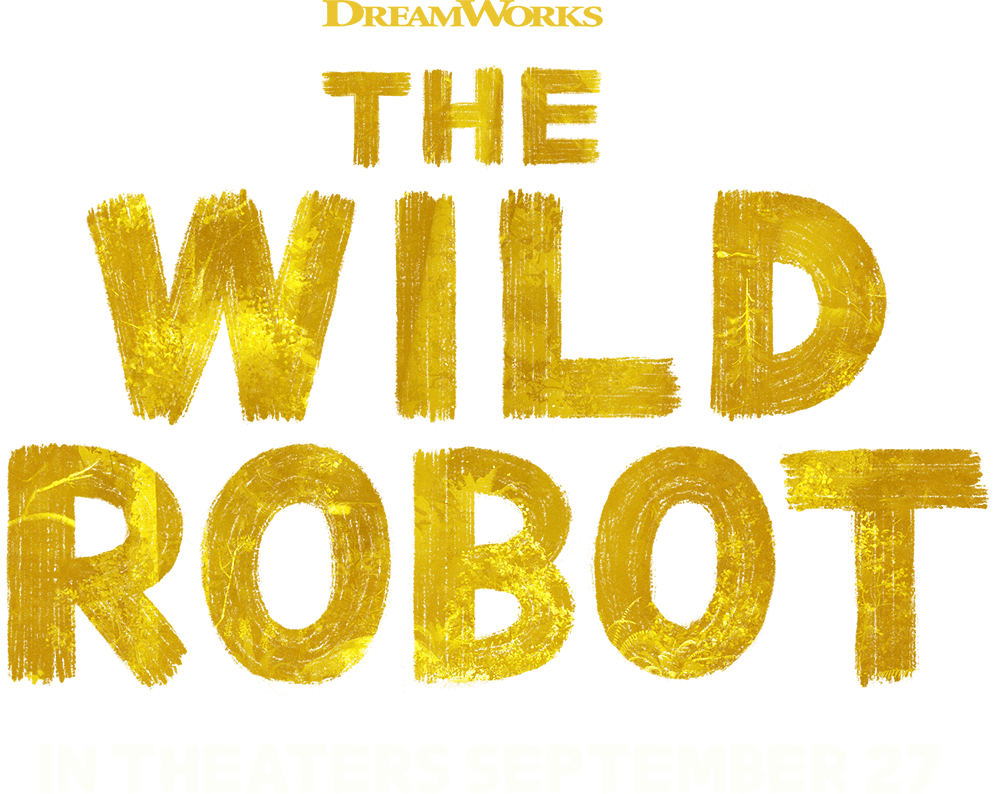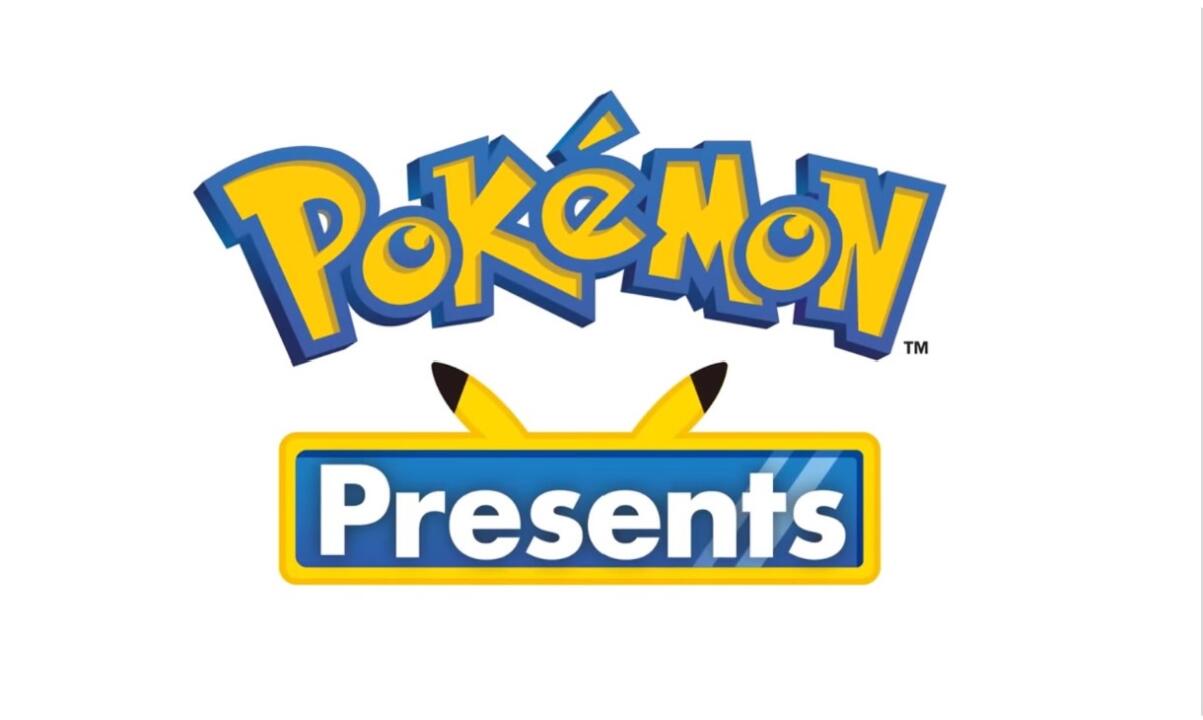Jacqueline Pollauf, an Affiliate Artist at the University of Maryland, Baltimore County, performed three selections for solo harp on Friday, October 16, 2020. Pollauf livestreamed her concert on YouTube, and the UMBC Arts and Culture Events page advertised the event in the days preceding. This particular concert featured work by contemporary composer Sergio Natra and was the second in a series of four solo harp concerts that Pollauf planned for this fall. The final two concerts will stream on Pollauf’s YouTube channel in November and December.
Pollauf produces these virtual concerts on her own. Her setup on October 16 showed almost all of her full-sized harp and allowed her to move closer to the camera after she finished performing. Before playing as well as in between each selection, Pollauf spoke to provide context for the pieces and to explain key harp techniques, which she demonstrated. After her performance, Pollauf answered questions that her audience members asked using YouTube’s chat feature. In all of her speaking elements, she used technical terminology for the harp and explained it well, which made her event accessible to viewers with any level of musical knowledge.
Pollauf’s first selection was “Prayer,” which she noted required her to use all of the strings on her full-sized harp. It had an overall dissonant sound and was largely nonmetrical. She then performed a selection of seven out of the ten short pieces in “A Book of Hebrew Songs.” The sixth piece was striking because Pollauf performed one of Natra’s most unusual notated techniques: playing much more forcefully than normal on some of the lower strings in order to create a rattling effect. Her final selection was “Sonatina,” which was similar to the first selection in its atonality but followed the much more formal three-movement structure of the sonatina.
In Pollauf’s thirty minute performance, the musician controlled her harp’s resonance by placing her hands against the strings in order to create space around her selections. She wrote in her email comment that online performances do not capture this ringing sound in the same way, but her use of this technique and the quality of the audio allowed this hallmark of the instrument to shine through in a unique way. Her performance of staccato and glissando sections both came through clearly, which was indicative of her talent and knowledge of how to successfully record precise audio.
As an Affiliate Artist at UMBC, Pollauf holds private lessons with harp students, who have access to a “full-sized pedal harp” on campus through the Music Department. She wrote that harp students can experience difficulties in meeting other musicians who play this solo instrument and that she recommends getting involved with the American Harp Society to make connections.
This concert was an example of a free artistic experience which UMBC students, and in this case the general public, can access online. Pollauf’s musicianship, careful planning and clear experience with musical video production made it an enjoyable and educational experience.


